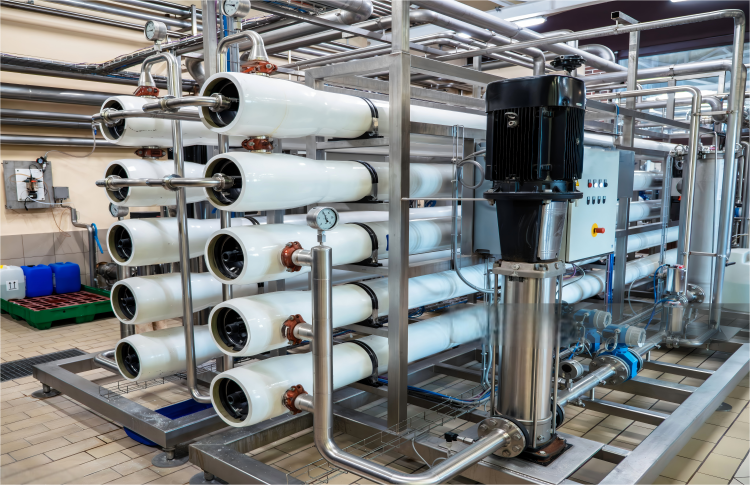Ultrafiltración (UF) sistemas son críticos en varias aplicaciones de tratamiento de agua, Desde purificar el agua potable hasta tratar las aguas residuales industriales. Besta membrana, un líder en tecnología de membrana, Proporciona pautas integrales de diseño y mantenimiento para sus sistemas de membrana UF presurizados externamente. Este blog explora los parámetros de diseño recomendados y las prácticas de mantenimiento para garantizar el rendimiento y la longevidad óptimos de estos sistemas..
Parámetros de diseño para sistemas UF presurizados externamente
El diseño de un sistema UF depende en gran medida de la calidad del agua de alimentación.. Besta Membrane ofrece recomendaciones específicas de diseño de flujo basadas en diferentes fuentes de agua, Como se muestra en la tabla 1.
Mesa 1: Recomendaciones de diseño de flujo
| Tipo de agua de alimentación | Agua del grifo | Agua subterránea | Aguas superficiales | Agua recuperada | Aguas residuales |
|---|---|---|---|---|---|
| Turbiedad (NTU) | <1 | <2 | <2 | <5 | <15 |
| Prefiltración | Opcional | Recomendado | |||
| Flujo de diseño (LMH) | 90-100 | 80-90 | 70-80 | 70-80 | 60-70 |
| Tasa de recuperación | 95% | 90% | 85% | 80% | 70% |
| Intervalo de retrolavado | 60 mínimo | 30 mínimo | 20 mínimo | ||
| Duración de retrolavado | 60 segundo | 60 segundo | 60 segundo | 60 segundo | 100 segundo |
| Presión de retrolavado | 0.15-0.2 MPA | ||||
| Tasa de flujo de retrolavado | 150-200 LMH | 100-150 LMH | 60-100 LMH | ||
| Limpieza química | No recomendado | Opcional | Recomendado |
Ideas clave:
- Calidad del agua de alimentación: La turbidez del agua de alimentación afecta significativamente el flujo de diseño. La menor turbidez permite tasas de flujo más altas.
- Prefiltración: Para aguas subterráneas y superficiales, Se recomienda prefiltración para reducir la carga en las membranas UF.
- Tasas de recuperación: Las tasas de recuperación más altas se pueden lograr con agua de alimentación más limpia, como el agua del grifo, en comparación con las aguas residuales.
Recomendaciones de mantenimiento para sistemas UF
El mantenimiento regular es crucial para mantener la eficiencia de los sistemas UF. Besta Membrane proporciona parámetros de mantenimiento detallados, como se describe en la mesa 2.
Mesa 2: Parámetros de mantenimiento recomendados
| Parámetro | Valor |
|---|---|
| Método de retrolavado | Retrolavado |
| Diseño de frecuencia de retrolavado | 48 Tiempos/día |
| Presión del aire para la exploración | ≤150 kPa |
| Tasa de flujo de retrolavado | 0.5 ~ 1.5 veces el flujo de productos |
| Caudal de aire para retrolavado | 8 ~ 12 Nm³ / h (por módulo) |
| Ciclo de operación de retrolavado | 30 mínimo por ciclo |
| Método de limpieza de mantenimiento | Ácido cítrico de baja concentración o solución de hipoclorito de sodio |
| Duración de limpieza de mantenimiento | 50 mínimo (incluyendo el tiempo de enjuague) |
| Frecuencia de limpieza de ácido cítrico | Una vez cada 1 ~ 3 días |
| Frecuencia de limpieza de hipoclorito de sodio | Una vez cada 1 ~ 3 días |
| Caudal de limpieza | 1 ~ 2 m³/módulo |
| Concentración de limpieza de mantenimiento | 300 ~ 500 PPM |
| Método de limpieza química | Alternando ácido cítrico y NaOH + Solución de hipoclorito de sodio |
| Duración de limpieza química | 90~ 180 min |
| Frecuencia de limpieza ácida | Una vez cada 30 ~ 90 días (ph = 2) |
| Naóbra + Frecuencia de limpieza de hipoclorito de sodio | Una vez cada 30 ~ 90 días (ph = 10) |
| Caudal de limpieza química | 1 ~ 3 m³/módulo |
| Concentración de limpieza química | 1000 ~ 3000 PPM |
| Temperatura de solución de limpieza óptima | 20 ~ 30 ° C |
Ideas clave:
- Retroceso: El lavado de retiro regular es esencial para eliminar las partículas acumuladas. El método de sesión de aire mejora la eficiencia de la limpieza.
- Limpieza de mantenimiento: Las soluciones de ácido cítrico de baja concentración o hipoclorito de sodio son efectivas para el mantenimiento de rutina.
- Limpieza química: Para una limpieza más completa, Alternando entre ácido cítrico y NaOH + Se recomiendan las soluciones de hipoclorito de sodio.
Consideraciones prácticas
- Impacto de la temperatura: La temperatura del agua afecta significativamente la velocidad de flujo. Las temperaturas más altas reducen la viscosidad del agua, Aumento de flujo. El flujo de diseño generalmente se basa en una temperatura estándar de 25 ° C. El flujo real se puede ajustar utilizando la fórmula de corrección de temperatura:
C = 1.0215 ×(25−t)dónde T es la temperatura real del agua.
- Personalización: El diseño y los parámetros operativos deben adaptarse en función de los resultados reales de la calidad del agua y las pruebas piloto para lograr un rendimiento óptimo.
Conclusión
Los sistemas UF presurizados externamente de Besta Membrane ofrecen soluciones robustas para diversas necesidades de tratamiento de agua. Adhiriéndose a los parámetros de diseño y mantenimiento recomendados, Los operadores pueden garantizar un rendimiento eficiente y confiable del sistema. Mantenimiento regular, incluido el lavado de retorno y la limpieza de productos químicos, es esencial para prolongar la vida útil de las membranas y mantener altos estándares de calidad del agua.
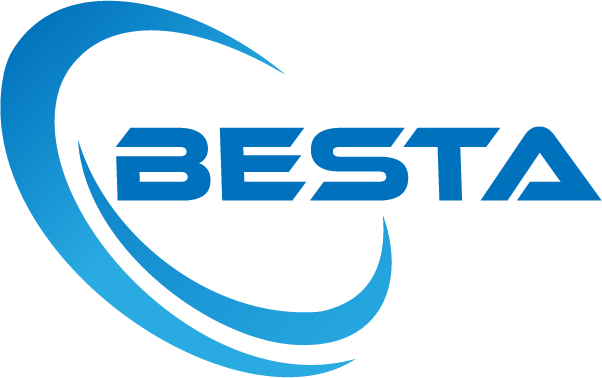
 Membrana MBR
Membrana MBR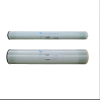 Membrana de ósmosis inversa
Membrana de ósmosis inversa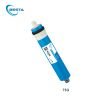 Membrana RO residencial
Membrana RO residencial Membrana UF
Membrana UF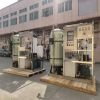 Planta de tratamiento de agua
Planta de tratamiento de agua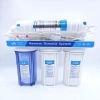 Máquina residencial RO
Máquina residencial RO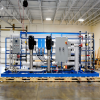 Sistema RO salobre
Sistema RO salobre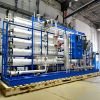 Sistema de agua de mar/planta SW ro
Sistema de agua de mar/planta SW ro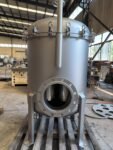 Filtro de bolsa
Filtro de bolsa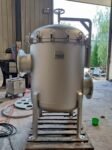 Filtro de cartucho
Filtro de cartucho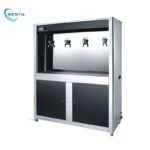 Sistema de filtración de agua comercial
Sistema de filtración de agua comercial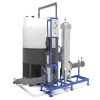 Sistema de limpieza de membrana(Titubear)
Sistema de limpieza de membrana(Titubear)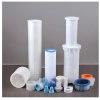 Accesorios de consumo
Accesorios de consumo